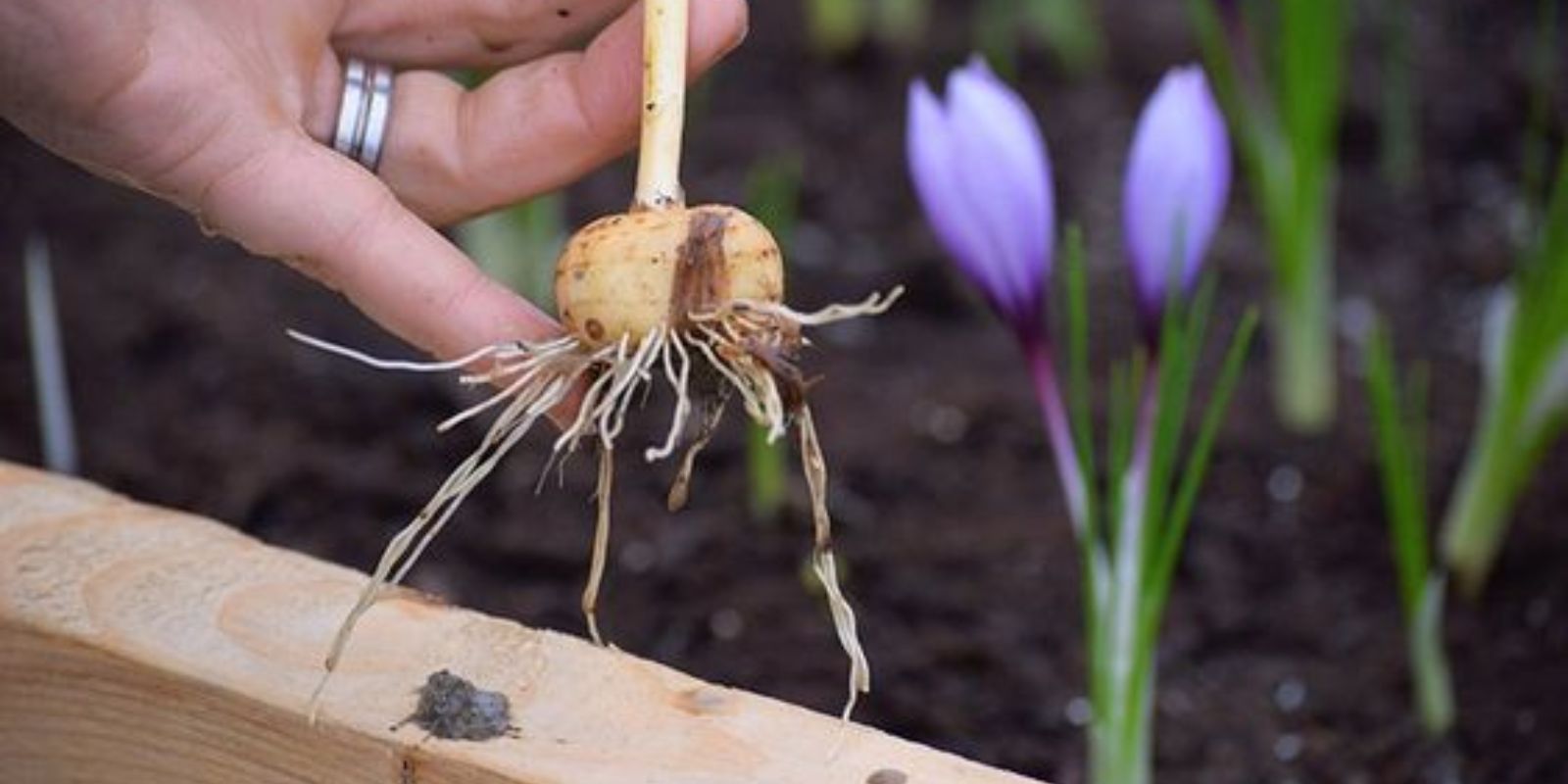Saffron, known as the world’s most expensive spice, is derived from the dried stigmas of the Crocus sativus flower. With its rich flavor, vibrant color, and unique aroma, saffron is a prized ingredient in various cuisines and traditional medicines. Growing saffron at home, especially in containers, is a feasible and rewarding endeavor. It allows gardeners to enjoy fresh, high-quality saffron threads straight from their own garden, even in small spaces. This article will guide you through the process of growing saffron in containers, covering everything from selecting corms to harvesting the delicate threads.
Introduction
Saffron cultivation has a long history, dating back thousands of years. Traditionally grown in countries like Iran, Spain, and India, saffron requires specific growing conditions, including well-draining soil, full sunlight, and a dry climate. Despite these requirements, saffron can be successfully grown in containers, making it accessible to gardeners worldwide, even those with limited space. By understanding the plant’s needs and following a few essential steps, you can cultivate saffron in your home garden or balcony.
Choosing the Right Containers
The first step in growing saffron in containers is selecting appropriate pots:
- Size and Depth: Choose containers that are at least 6-8 inches deep. Saffron corms need enough space to grow and spread their roots. Deeper containers provide better soil volume and moisture retention.
- Material: Containers can be made of various materials, such as clay, plastic, or ceramic. Ensure the material is sturdy and can withstand outdoor conditions.
- Drainage: Proper drainage is crucial for saffron. Containers must have drainage holes at the bottom to prevent waterlogging, which can cause the corms to rot.
Selecting Quality Corms
The success of your saffron cultivation largely depends on the quality of the corms:
- Source: Purchase saffron corms from reputable suppliers or nurseries. This ensures you receive healthy, disease-free corms that are ready to plant.
- Inspection: Inspect the corms for signs of disease or damage. Healthy corms should be firm, plump, and free from mold or soft spots.
- Varieties: While there is only one species of Crocus sativus used for saffron, there can be slight variations in color and size. Choose corms that suit your climate and preferences.
Planting Time and Soil Preparation
Timing and soil quality are critical factors in saffron cultivation:
- Planting Season: The best time to plant saffron corms is in late summer or early fall. This allows the corms to establish themselves before the winter and bloom in the fall.
- Soil Mix: Use a well-draining soil mix, such as a blend of garden soil, sand, and compost. The soil should be slightly alkaline with a pH of around 6-8. Adding organic matter improves soil fertility and structure.
- Planting Depth and Spacing: Plant the corms 2-3 inches apart and about 2 inches deep. Position them with the pointed end facing upwards. Cover the corms with soil and gently firm it down.
Proper Location and Sunlight
Saffron requires ample sunlight to grow successfully:
- Sunlight Requirements: Place the containers in a sunny location where they can receive at least 6 hours of direct sunlight daily. This is essential for healthy growth and flowering.
- Temperature: Saffron prefers a climate with cool to mild winters and hot, dry summers. If you live in a region with harsh winters, consider moving the containers indoors or providing additional protection during cold spells.
Watering and Fertilizing
Proper watering and fertilizing practices are vital for the healthy development of saffron plants:
- Watering: Saffron is drought-tolerant and does not require frequent watering. Water the containers sparingly, keeping the soil slightly moist. Overwatering can lead to corm rot and fungal infections. In the dormant summer period, reduce watering further.
- Fertilizing: In early spring, when new growth appears, apply a balanced fertilizer to support growth. A low-nitrogen, high-potassium fertilizer is ideal, as it promotes flowering and root development.
Caring for Saffron Plants
Once planted, saffron requires minimal maintenance:
- Weeding: Regularly remove weeds from the containers, as they can compete with saffron for nutrients and water.
- Pest and Disease Management: Saffron is relatively pest-resistant, but it can occasionally suffer from fungal diseases or pests like rodents and aphids. Monitor the plants and treat any issues promptly using organic or chemical controls.
Harvesting Saffron
The most exciting part of growing saffron is harvesting the precious threads:
- Flowering Time: Saffron flowers bloom in mid to late fall. Each flower produces three bright red stigmas, which are the saffron threads.
- Harvesting Process: Harvest the flowers early in the morning when they are fully open. Carefully pluck the stigmas from each flower using tweezers or your fingers. Be gentle to avoid damaging the delicate threads.
- Drying: Spread the harvested stigmas on a clean cloth or paper towel in a warm, dry place. Allow them to dry completely, which usually takes a few days. Properly dried saffron should be brittle and have a deep red color.
Conclusion
Growing saffron in containers is a rewarding and manageable project for any gardening enthusiast. By selecting quality corms, providing the right conditions, and giving your plants proper care, you can successfully cultivate this luxurious spice at home. The process not only yields a valuable culinary ingredient but also offers the joy of nurturing a unique and beautiful plant.
Embark on your saffron-growing journey today and experience the delight of harvesting your own saffron threads, straight from your garden!

